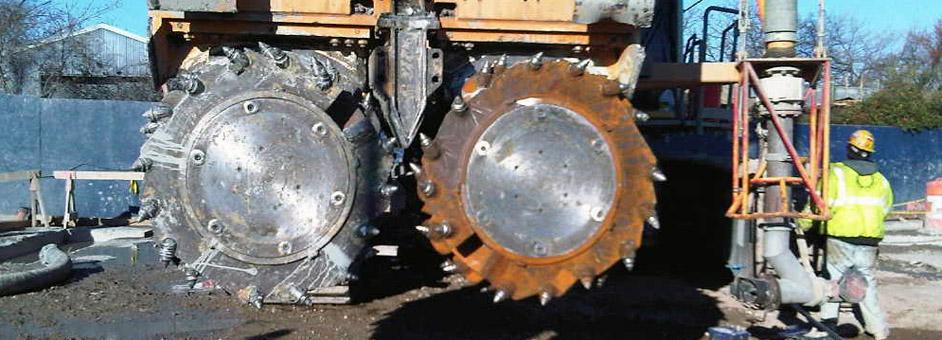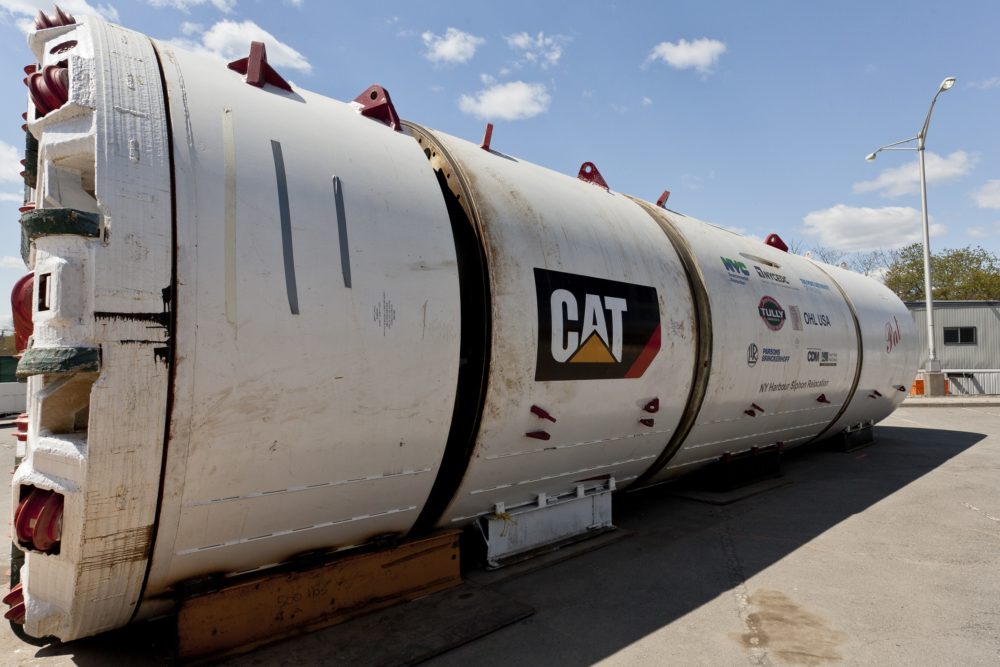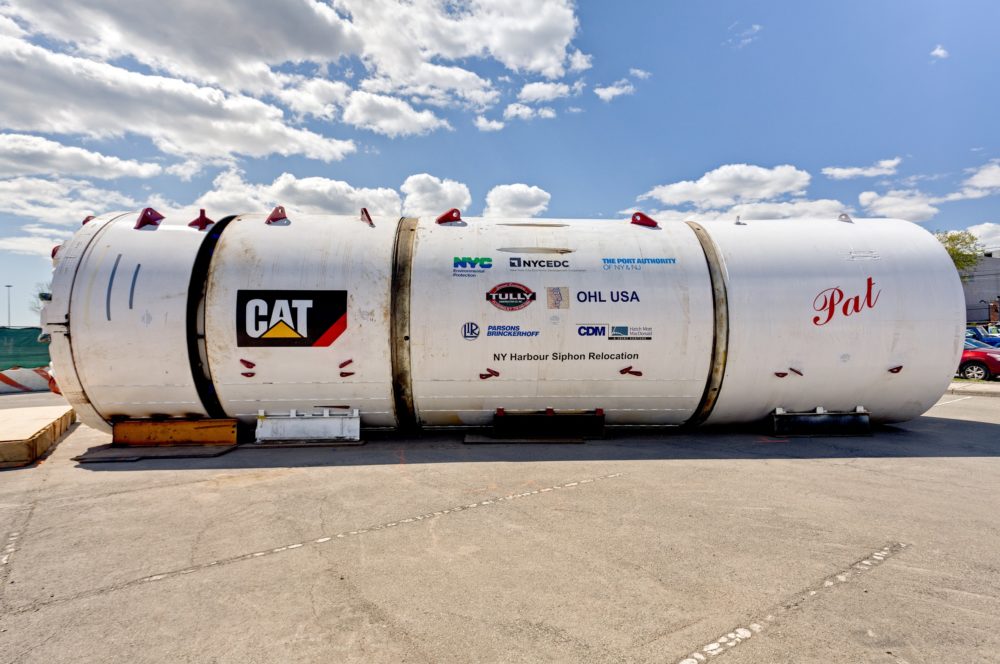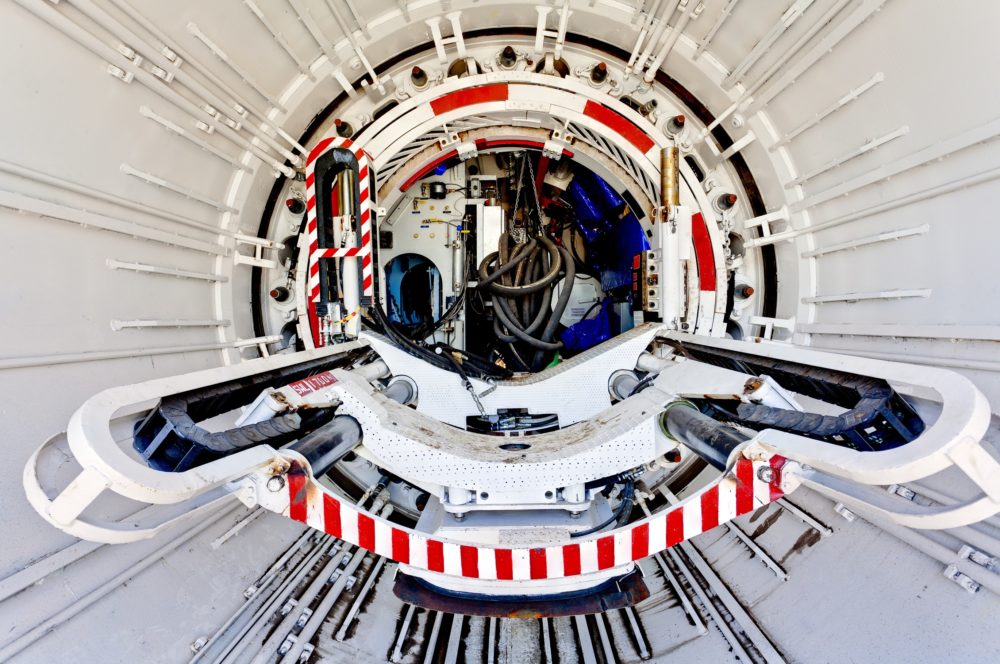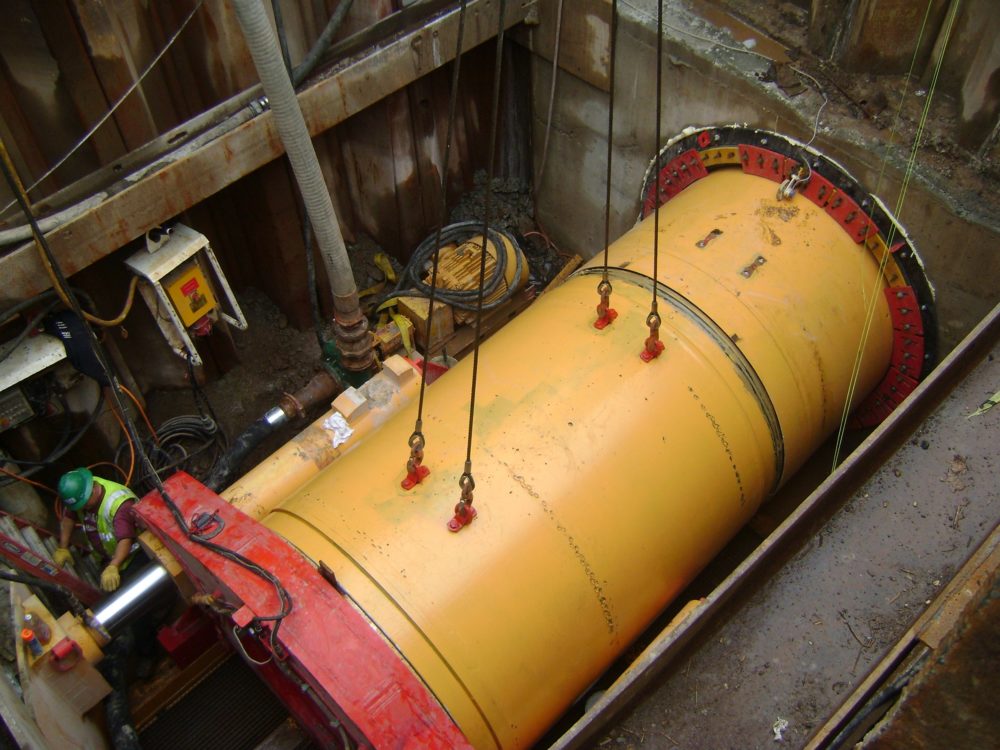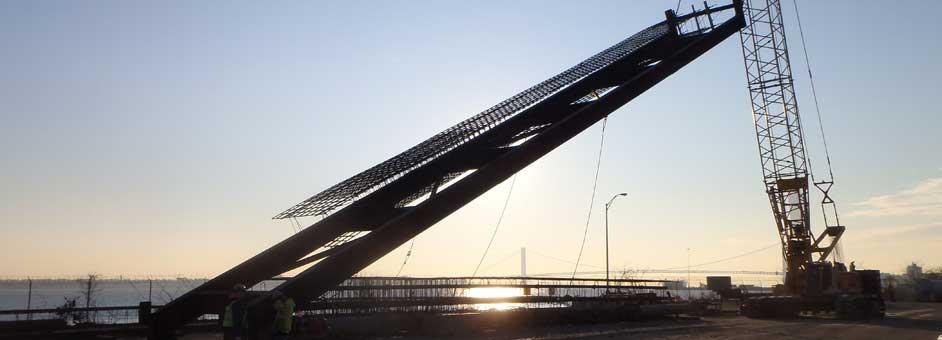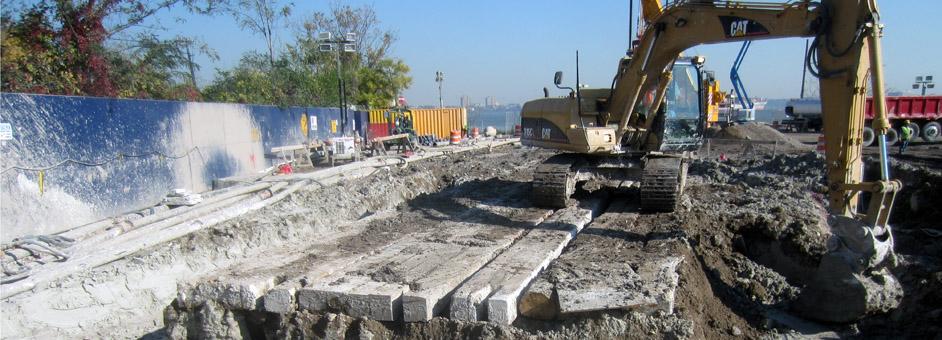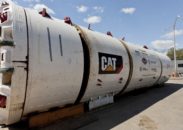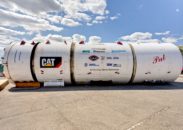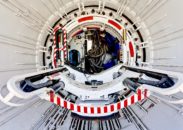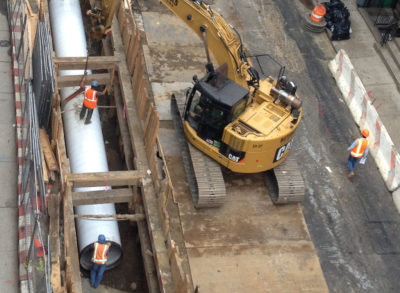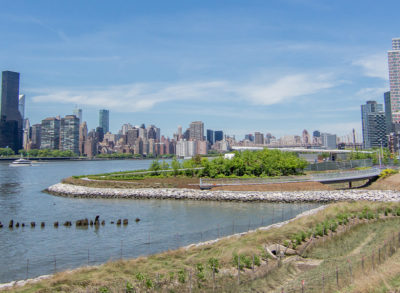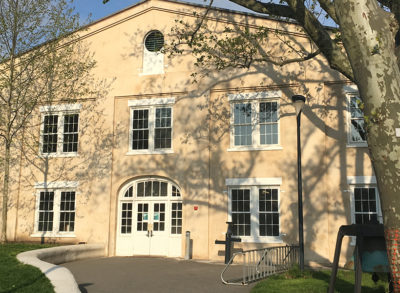Overview
A vital component of the City of New York’s water supply system between the Boroughs of Brooklyn and Staten Island’s for nearly a century was a system consisting of two water transmission mains, or siphons, which connected main supply lines in Brooklyn with a pump station on Staten Island, and ultimately fed Staten Island’s Silver Lake Reservoir thus serving the entire Borough. Critical to ensuring a backup water supply to Staten Island, the siphons ran in the seabed under the Anchorage Channel, an important part of New York City’s water transportation infrastructure. The Channel provides the international shipping trade with access to New York Harbor and the rest of the Port of New York and New Jersey, one of the most heavily used water transportation arteries in the world. The Channel required deepening in order to accommodate a new generation of cargo mega-ships, and to ensure the City’s ability to benefit from the anticipated increase in this sector of the economy. As the existing siphons could have been compromised by the necessary increased channel depth, a new, deeper siphon tunnel was required to permit the channel dredging work to proceed. The existing siphons, installed in 1917 and 1925, were located at depths of approximately 60 ft below the Anchorage-Channel surface; the new siphon has successfully been installed at a nominal depth in excess of 100 ft.
About the Project
LiRo, in a joint venture, provided resident engineering inspection and construction management services for the elimination of the two existing mains and installation of the new siphon. Utilizing an Earth Pressure Balance (EPB) tunneling machine specifically designed and built for this project, a 12.5 ft diameter, 9,500 ft long tunnel was bored under the Anchorage Channel/ Upper New York Harbor. To enable installation, a 95 ft deep launching box was constructed in Staten Island at the intersection of Murray Hulbert Avenue and Front Street, and a 150 ft deep tunnel receiving shaft was located in Brooklyn on Shore Road Park between 83rd Street and Shore Road Lane. The new tunnel extends through silts, clays, glacial soils, and weathered and decomposed rock. Upon completion of the tunnel, a 72′ diameter steel water transmission pipeline was installed, and the annular void between the pipeline and the tunnel face was backfilled with concrete. To connect the new siphon to the existing water supply system, an additional 4,000 lf of steel trunk main and 4,000 lf of transmission main has been installed in adjacent mainland area; the installation on the Staten Island side included a 330 ft long micro-tunnel and a 170 ft long micro-tunnel below the active Staten Island Railroad tracks, installed with the use of a pressurized-face Micro-tunnel Boring Machine (MTBM). The project also included the replacement of 3,500 lf of sewer mains in Staten Island as well as the installation of 11,000 lf of concrete-filled steel-piles to support the mains. Valve chambers, meter chambers, insulated flange chambers, regulator chambers, connection valve chambers, blow-off structures, access manholes, and other related appurtenances were also constructed.
As part of the project a semi-automated chlorination-station, incorporating sustainable features, was constructed in Staten Island. The roof, as well as the north and south facades, incorporated plant material to integrate the building into the surrounding landscape. To further minimize environmental impact, the chlorination process takes place in an underground structure, and the area surrounding the building has been landscaped. The project also included landscape restoration, tree protection, and replacement of sidewalks in areas affected by the construction in both boroughs.
Outcome
The new siphon provides 5 million gallons per day (MGD) of daily water supply between Brooklyn and Staten Island under normal conditions. In emergency situations, up to 150 MGD can be supplied, thus ensuring a redundant and reliable supply of water to Staten Island. Once installation of the new siphon was completed, the existing siphons were disconnected, decommissioned and abandoned in place.
